 Ten-year-old Dave Tabler decided he was going to read the “R” volume from the family’s World Book Encyclopedia set over summer vacation. He never made it from beginning to end. He did, however, become interested in Norman Rockwell, rare-earth elements, and “Run for the Roses.”
Ten-year-old Dave Tabler decided he was going to read the “R” volume from the family’s World Book Encyclopedia set over summer vacation. He never made it from beginning to end. He did, however, become interested in Norman Rockwell, rare-earth elements, and “Run for the Roses.”
Tabler’s father encouraged him to try his hand at taking pictures with the family camera. With visions of Rockwell dancing in his head, Tabler press-ganged his younger brother into wearing a straw hat and sitting next to a stream barefoot with a homemade fishing pole in his hand. The resulting image was terrible.
Dave Tabler went on to earn degrees in art history and photojournalism despite being told he needed a “Plan B.”
Fresh out of college, Tabler contributed the photography for The Illustrated History of American Civil War Relics, which taught him how to work with museum curators, collectors, and white cotton gloves. He met a man in the Shenandoah Valley who played the musical saw, a Knoxville fellow who specialized in collecting barbed wire, and Tom Dickey, brother of the man who wrote Deliverance.
In 2006 Tabler circled back to these earlier encounters with Appalachian culture as an idea for a blog. AppalachianHistory.net today reaches 375,000 readers a year.
Dave Tabler moved to Delaware in 2010 and became smitten with its rich past. He no longer copies Norman Rockwell, but his experience working with curators and collectors came in handy when he got the urge to photograph a love letter to Delaware’s early heritage. This may be the start of something.
Tell us about your book.
Delaware before the railroads arrived in 1832 was hotly contested real estate. This book takes the reader back to 1610 for a ride that veers through culture clashes, colonization, the American Revolution, and beyond.
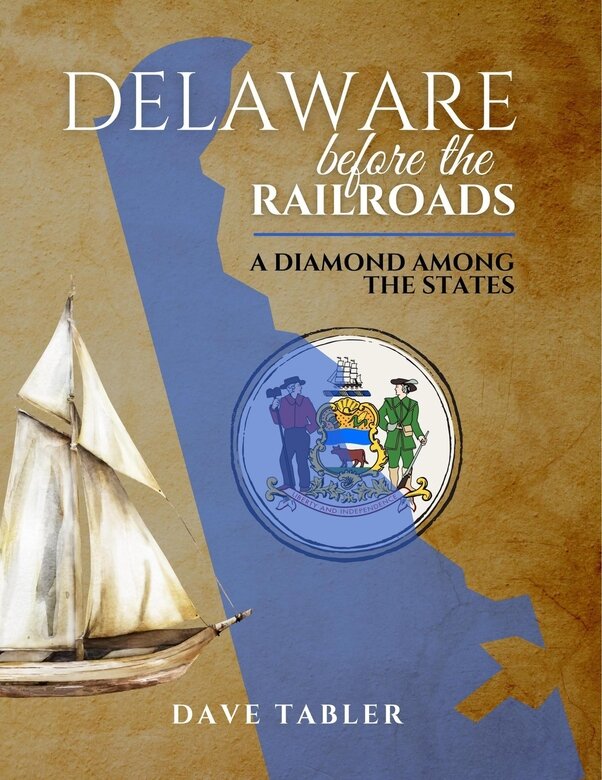 What tools or companies did you use, and what experience did you have?
What tools or companies did you use, and what experience did you have?
I hired an editor, a cover designer, a retoucher, and a programmer for EPUB formatting. I’d hire every single one of these people again. Each is far more talented and experienced than I am in their respective specialties.
What do you think are the main pitfalls for indie writers?
Having to take on so many more hats than the writer working with a publisher. The indie writer has to be savvy about marketing, advertising, layout, and design, plus editing issues in ways that non-indie writers don’t.
What was your steepest learning curve during the publishing process?
My book features a number of aerial photos I took with a drone. I had never flown a drone before tackling this book. I had no idea getting a drone pilot’s license would be so challenging. One has to learn all kinds of technical issues that full-blown commercial airline pilots have to learn! It took me 3 months of hard daily study before I felt ready to tackle the exam.
As a writer, what is your schedule? How do you get the job done?
I’m an early riser. Up at 4:30 every day. I get at least two solid hours of writing done before breakfast, before the dog has to be walked, before emails, phone calls, and the general distractions of life start crowding in.
How do you deal with writer’s block?
By having a set routine. I think inexperienced writers believe that one waits patiently till the muse strikes, at which point one sits down and begins transcribing. There are so many days where I just feel off, and have no idea what to say next. But I sit down and begin. And eventually flow kicks in. Or not. But I have to begin.
Who are your biggest writing inspirations and why?
John A. Munroe and Kim Burdick. These two Delaware historians were and are famed storytellers. It’s easy to forget that history is the story of people once as alive as you and I. They had successes, failures, wins and losses. Their destiny was not at all clear to them as they were living it. And so, a good historian draws out the story in front of the reader’s very eyes as it unfolds. How will it all end??
Why did you write about this particular subject?
Because Delaware’s history is severely underrepresented as part of America’s story. Most Americans, for example, think the log cabin came from the Land of Lincoln. It didn’t. The Swedes brought it with them in 1638 to the shores of what later became Delaware. I felt a need to offer a counterbalance to the narrative.
What did you learn on your journey as an author?
That one has to take the reins in making dreams come true. This is my first published book. I wish I could say I always knew I would write a book. I didn’t. There were many years it just seemed hopelessly out of reach. But a bout with cancer several years ago snapped me into focus. One doesn’t live forever. I knew I had to get moving if this idea were ever to transition from daydream into reality.
What are your plans now your book is published?
Working on a second volume of 19th-century Delaware history. This will ultimately be a trilogy.
Author Links
Get an Editorial Review | Get Amazon Sales & Reviews | Get Edited | Get Beta Readers | Enter the SPR Book Awards | Other Marketing Services


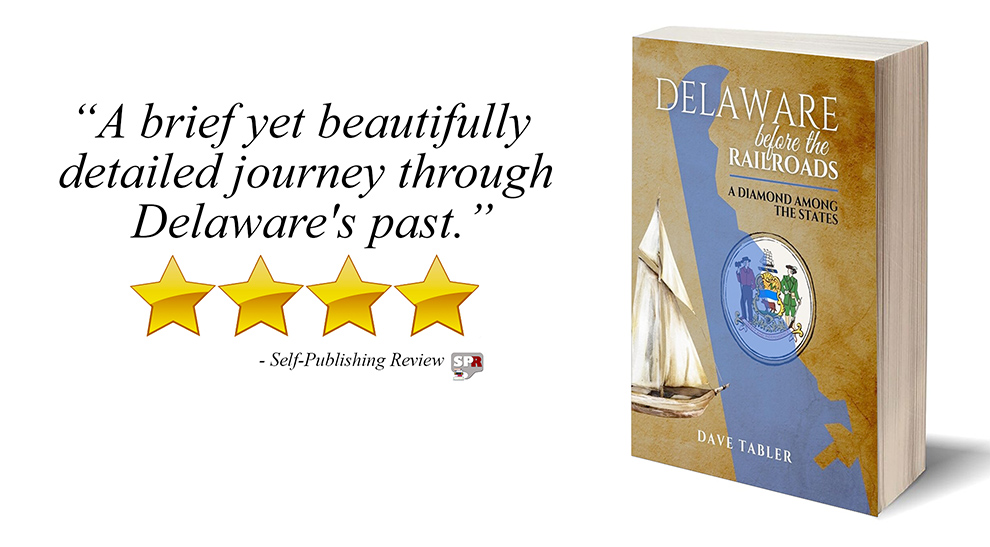




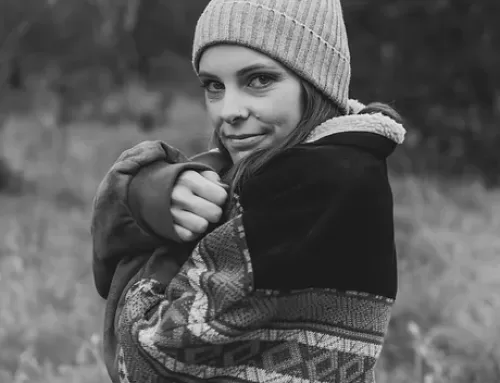


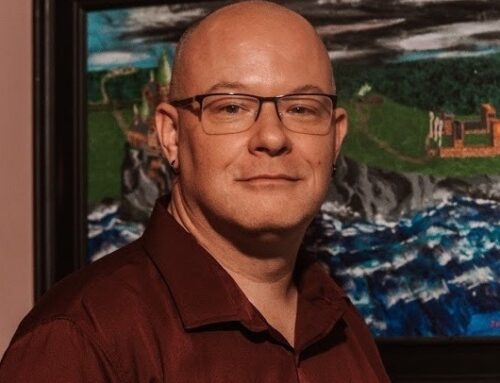


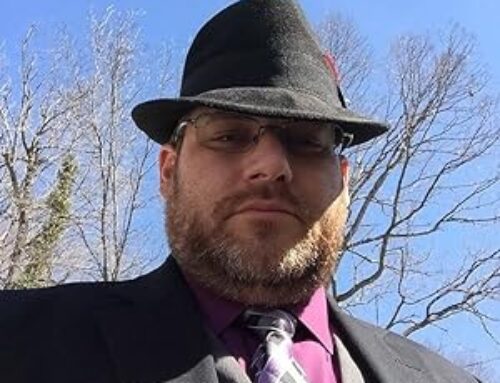






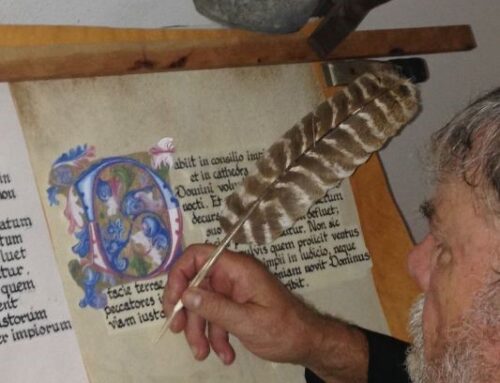


Leave A Comment